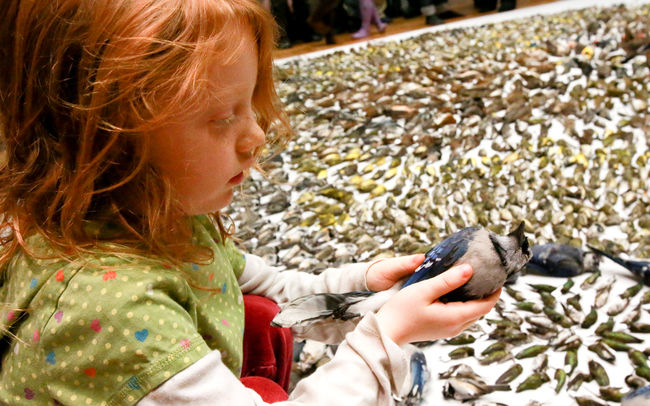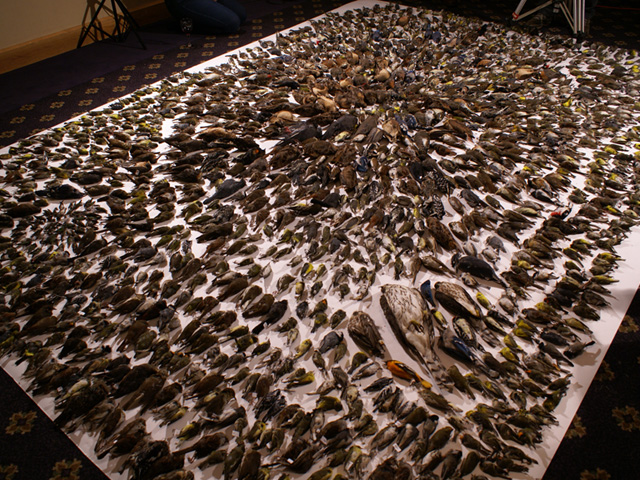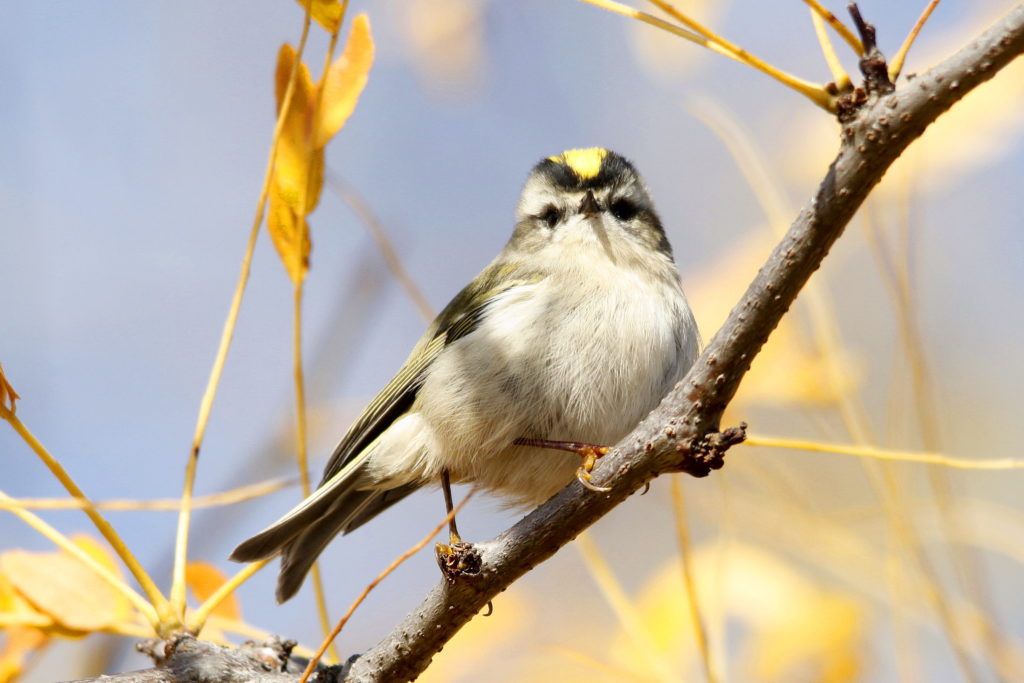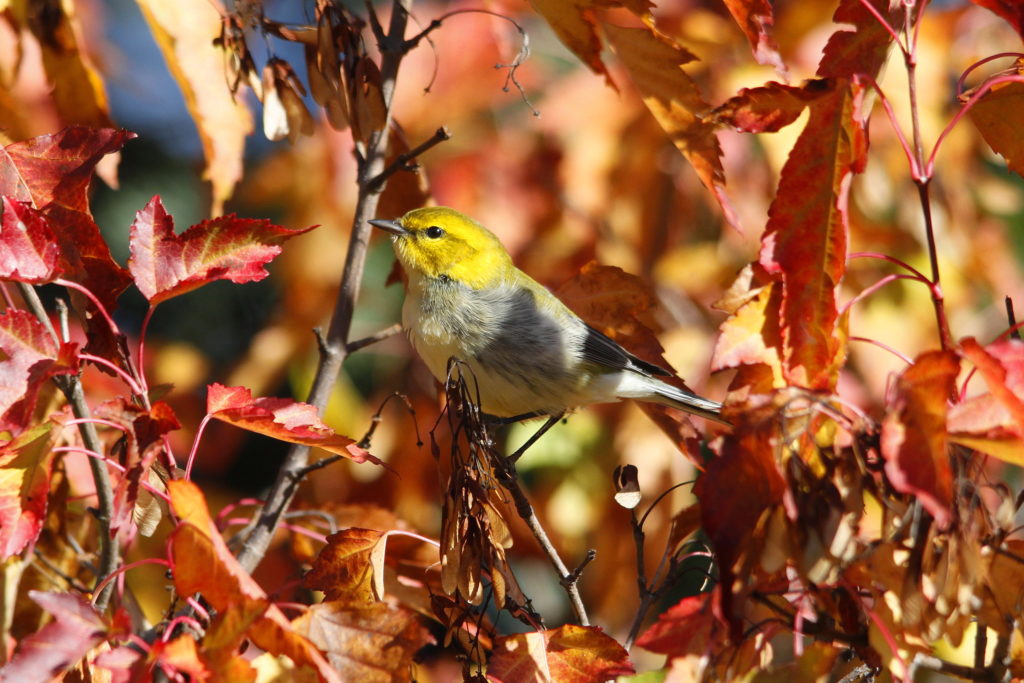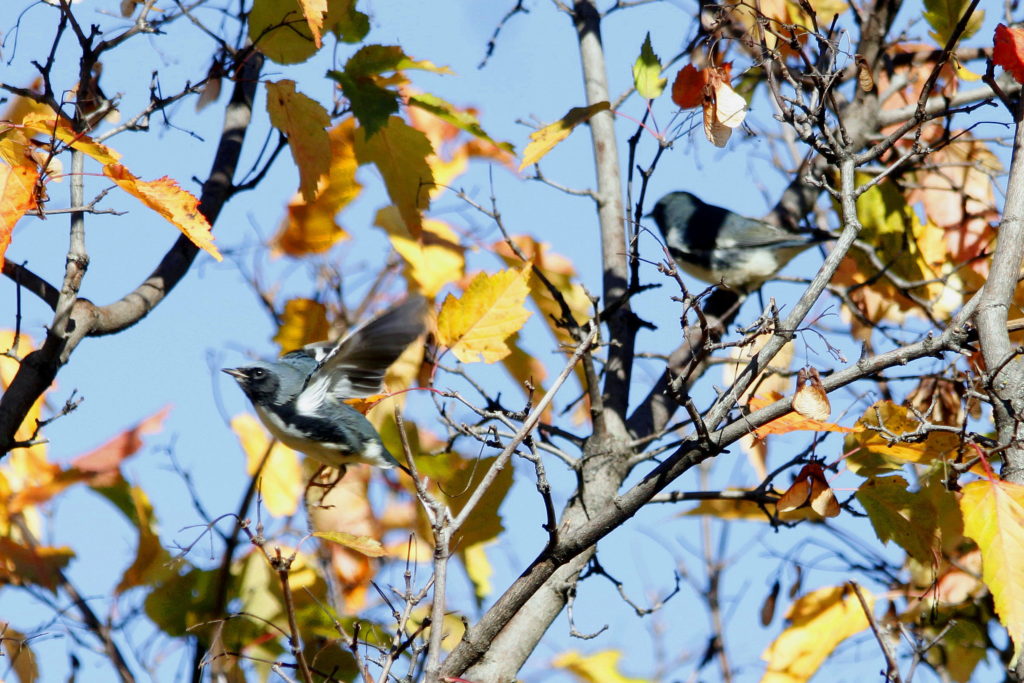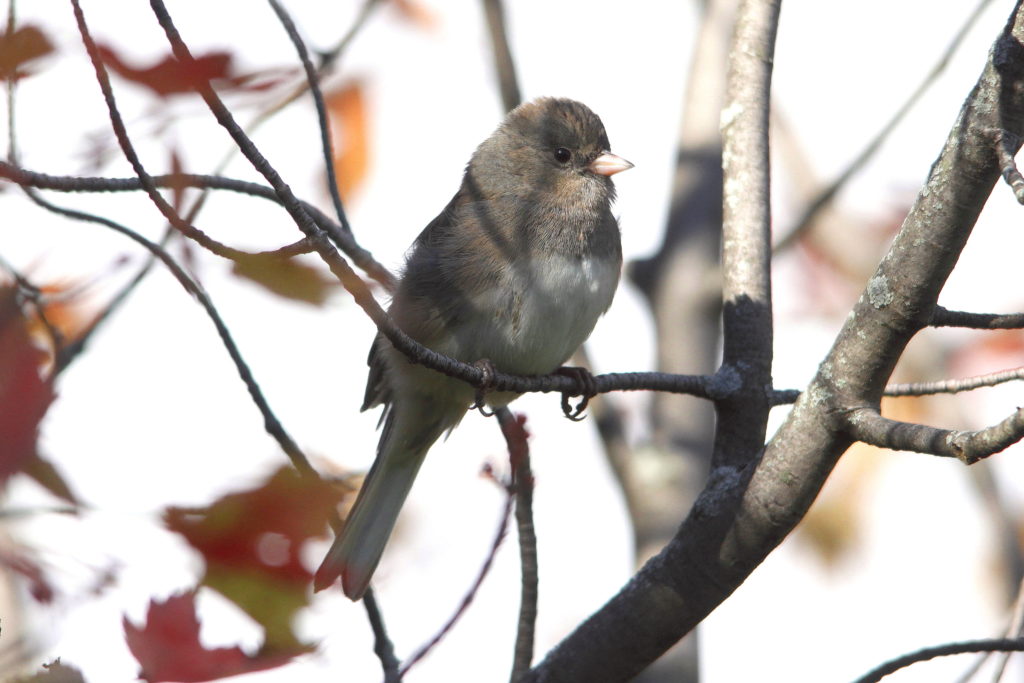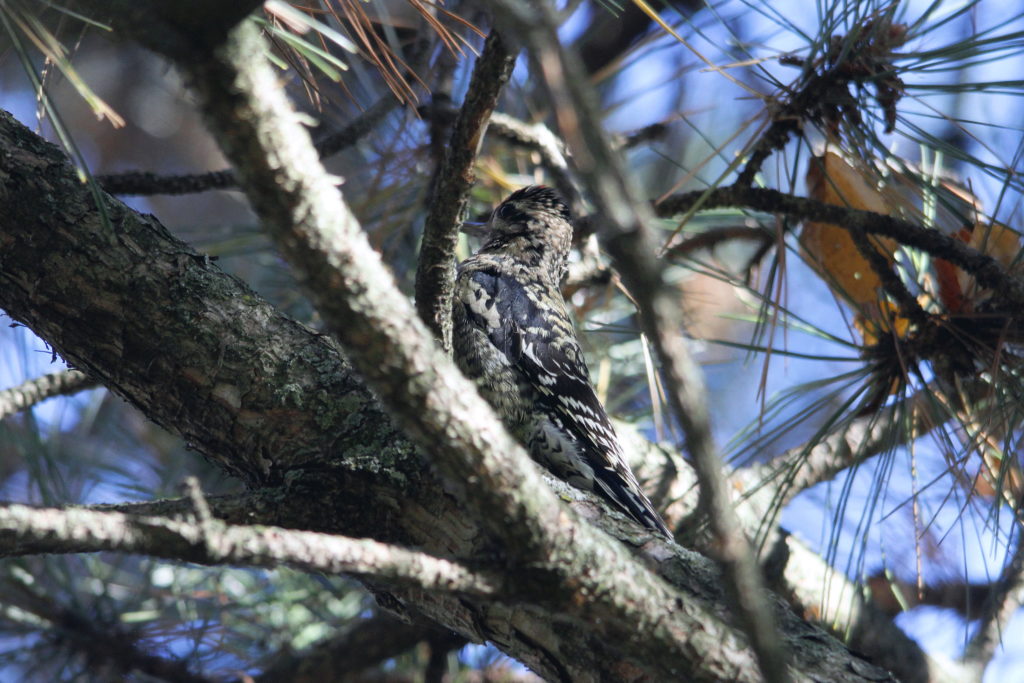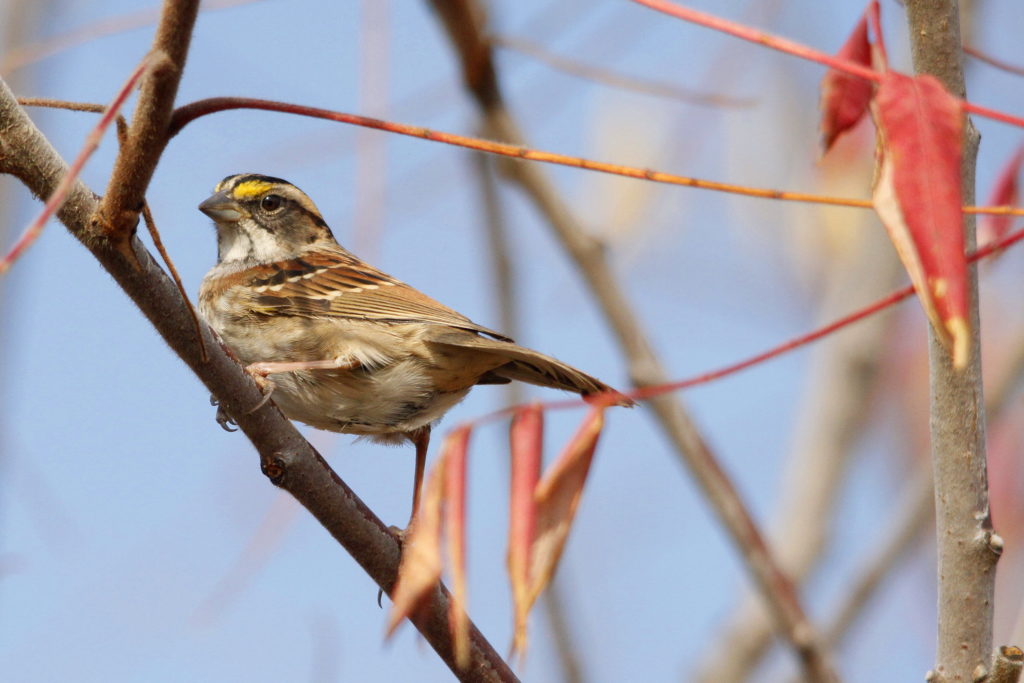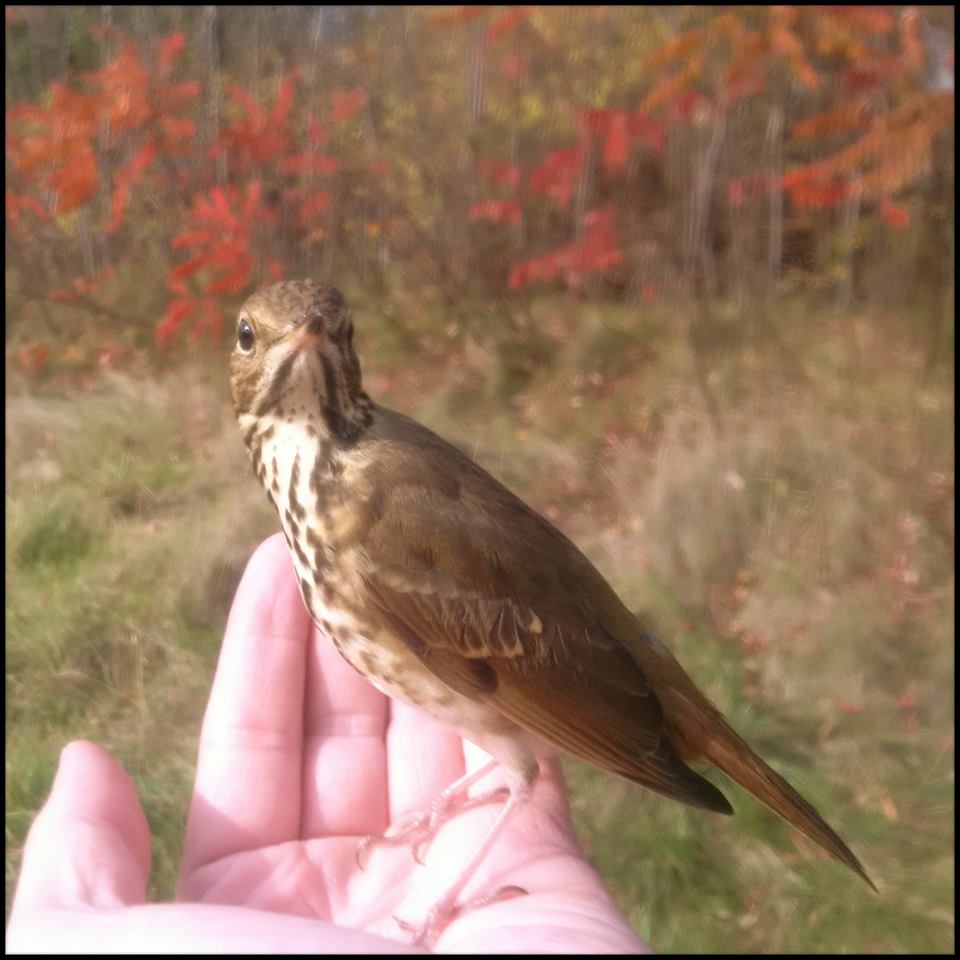Hello! And welcome back to the T.O. Backyard here in the Bird Canada Blog.
This month I’d like to share something a little different, stepping entirely away from our backyard. I call this blog “Giving Back” because that is what it is about… giving back to the birds.
My wife and I volunteer where we can with a number of organizations. Toronto Wildlife Centre (TWC), The Owl Foundation (TOF), Ontario Eastern Bluebird Society (OEBS), Canadian Peregrine Foundation (CPF) and also participate in various citizen scientist projects with Bird Studies Canada (BSC).
Depending on the season, we may contribute more to one place than others. Like the winter months we can be driving injured Owls from the greater Toronto area to The Owl Foundation in Vineland. The Owls fly down to our region from the north in search of food and sometimes get into trouble. We participate in “Project Feeder Watch” with BSC through this time as well, counting birds and species visiting our backyard feeders, entering the data for research. The Spring and Summer months have our attention on the OEBS and CPF. While we don’t see many Bluebirds in Toronto, we do help with nest box monitoring of Tree Swallows near our home, always hoping for Bluebirds to show up. We assist in Peregrine Falcon fledge watches through late May and much of June. A whole blog could easily be done on a fledge watch. All I can say is that it is not for the faint of heart.
But year round, we are always ready, willing and able for TWC. A busy centre it is, open 365 days a year. It’s more me than my wife since I drive and we work opposite shifts, but she will help out if there is a need on a weekend. Volunteer driving is what I signed up for just over 2 years ago. I am on a list to help when I am able to, when the actual rescue team cannot. I can be driving injured, sick or orphaned wildlife into the centre or helping get rehabbed animals back into the wild. We also assist with grocery drives, picking up needed items, all of which is reimbursed.
The Autumn season can get pretty busy with migratory birds. FLAP brings TWC a lot of birds in through fall migration. It’s mind blowing how many songbirds collide with windows during this time. The numbers are too much to take in. And sadly I learned that FLAP had a really busy fall migration this year, picking up 33% more birds than average. Picking up does not necessarily mean rescuing either. Too often it’s just recovery of the bird bodies. Not every bird that makes it to Toronto Wildlife survives either. It’s heart breaking.
FLAP display at the Royal Ontario Museum
So when the “shout out” comes for a driver to help get some rehabbed birds back on their migratory path, I am more than happy to give up the time and fuel for the birds.
The birds must go west of Toronto, and be released somewhere along the shores of Lake Ontario at one of the numerous lake parks. This is the direction they take on their journey to their over wintering homes through the southern USA, Mexico, and South America. The birds will cross over Lake Ontario at one of the narrowest points like Point Pelee, and head south.
On average, the drive for me is 45 km. That is from leaving our home, getting up to TWC and then down to a preferred lake park. I can have 1 bird, 3 birds, and once a whopping 21 in total. I never ask how many birds, or the species, I just do it if I am able to.
With so much death in fall migration, being able to help the survivors is amazing. Of course I am not the only one doing these drives.
Most of the birds travel in no wax paper bags, one bird per bag. The tops of the bags are folded over and held with a paper clip. Larger birds travel in boxes. Some birds flutter through the travel, trying to get out of their confines. Some sit quietly. Some actually sing their song lightly (Golden-crowned Kinglets are good for that).
When it’s time to let them go, we open the bag(s) facing trees and shrubs, approximately 10 ft away. In most cases, as soon as the birds see the light of day, away they go. And in most cases they go right for the trees and shrubs. Some land quickly, stopping for a moment to take in their surroundings and gather their bearings. Some fly deeper in, taking cover. Some fly through and beyond, getting away from us as quickly as possible.
It’s great when they do land nearby, giving us the opportunity to watch them, and if I have my camera with me, to take photos. I won’t chase any of the birds, I just stay where I am and snap away (the birds have been through enough already). It’s amazing how quickly they shake off all these strange and stressful things they’ve endured, and go right back to business, back to being a wild and free bird.
There are so many people to thank, doing something to help these birds. The people at FLAP, so many volunteers walking the streets of Toronto, picking up the birds. The people who drive the birds who need extended care up to Toronto Wildlife. The staff and volunteers at TWC who do everything they can to help them get back to good health, and back to the wild world.
I would like to share a few images of some of the birds that did make it back “home” again. Let’s hope they all made it to their destinations safe and sound.
Golden-crowned Kinglet
Black-throated Green Warbler
2 male Black-throated Blue Warblers
Dark-eyed Junco
Yellow-bellied Sapsucker
White-throated Sparrow
November 8th was probably my last fall release for 2016 and it ended quite different than any release I’ve done before. This Hermit Thrush decided my hand was a good place to stop and take in his new found freedom. The bird sat there for maybe one minute before flying off to join other Hermit Thrushes nearby. It was great that I had my phone in my jacket pocket to capture this memorable moment.
The birds give us so much day after day. The beauty of their song is a gift to our ears, their colorful plumage a gift to our eyes. Being surrounded by them is good for overall well being since we appreciate them so much. Driving them to rehabilitation centres for help, and those who make it back to freedom, it is the least we can do.



